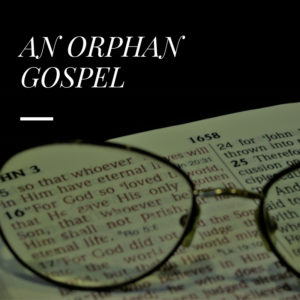PreacherTalk
Blog Posts
OUT OF EGYPT: A CHRISTMAS MEDITATION

At this time of year, Santa Claus is a great moral monitor, keeping children in line so they can get what they want for Christmas. Parents use the selfish desires of children to control their sinful desires. A useful exercise, perhaps, but it misses the point of Christmas entirely. The naughty and nice theme obscures the true meaning of Christmas. God is not up in heaven waiting to reward our good deeds and punish our bad deeds. We are all naughty. None of us are nice in God’s estimation. Christmas is about God intervening in a world gone rotten so that He can redeem that world from its rot. Christmas is the ultimate rescue event of all human history. The world of humans is not pretty and pleasant. It is dark and despotic. God enters the heart of evil to rescue humans from evil at Christmas.
Read more...
HELP! HOW DO I MEET ALL THE NEEDS?
 “I can’t keep up now,” the pastor said, “so I certainly can’t add anything else to my schedule. I feel like I’m all alone in this ministry trying to keep all the plates spinning. How do I meet all the needs in my church?” We don’t! There is no way that the pastor can meet all the needs in any church, and the more we try, the less we accomplish. We confuse our priorities, elevating the less critical but urgent needs over the more essential but eternal goals. The reality is that trying to do it all says more about us than about the ministry.
“I can’t keep up now,” the pastor said, “so I certainly can’t add anything else to my schedule. I feel like I’m all alone in this ministry trying to keep all the plates spinning. How do I meet all the needs in my church?” We don’t! There is no way that the pastor can meet all the needs in any church, and the more we try, the less we accomplish. We confuse our priorities, elevating the less critical but urgent needs over the more essential but eternal goals. The reality is that trying to do it all says more about us than about the ministry.Read more...
WHO’S FIRST? AN EASTER REFLECTION

Read more...
READ WIDELY TO PREACH WELL
 Why is so much preaching today shallow? Many sermons give a superficial examination of the biblical text in the quest for a sound bite theology with its popular appeal. Why? I just finished reading Why Johnny Can’t Preach: The Media Have Shaped the Messengers by T. David Gordon. Gordon challenges us with his first thesis.
Why is so much preaching today shallow? Many sermons give a superficial examination of the biblical text in the quest for a sound bite theology with its popular appeal. Why? I just finished reading Why Johnny Can’t Preach: The Media Have Shaped the Messengers by T. David Gordon. Gordon challenges us with his first thesis.Read more...
AN ORPHAN GOSPEL
 The gospel preached today is often a man-centered gospel.
The gospel preached today is often a man-centered gospel.What are the characteristics of missional preaching in Acts?
Read more...


